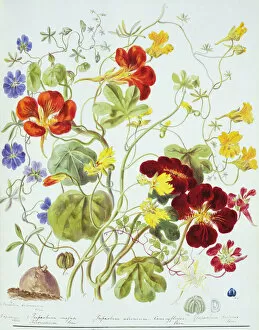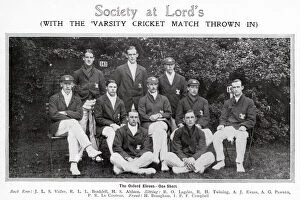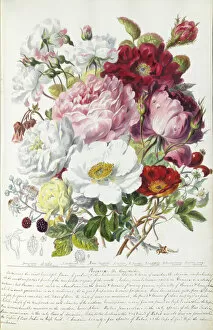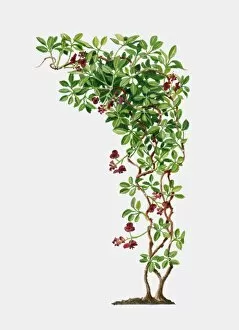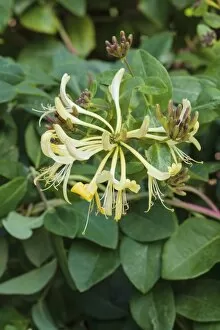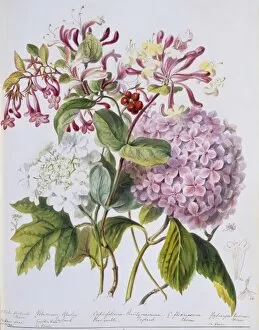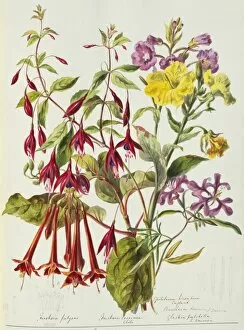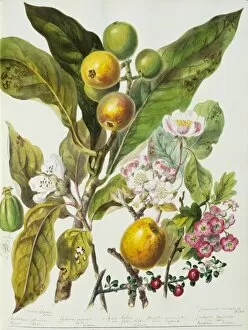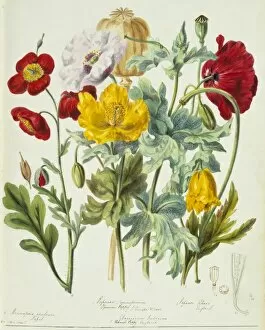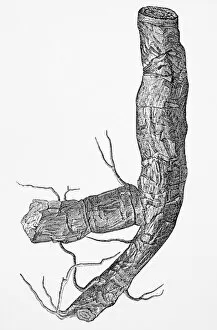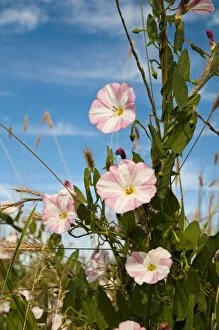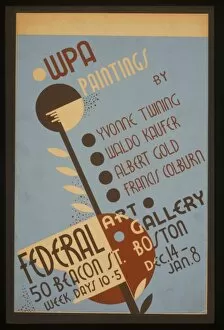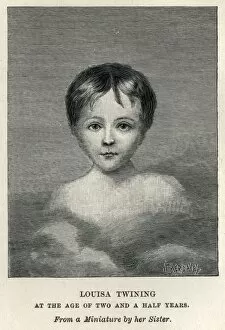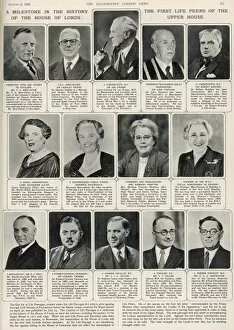Twining Collection
"Twining: A Tapestry of Connections and Beauty" In the world of locomotives, Caledonian Railway locomotive number 83 stands tall as a symbol of power and innovation
All Professionally Made to Order for Quick Shipping
"Twining: A Tapestry of Connections and Beauty" In the world of locomotives, Caledonian Railway locomotive number 83 stands tall as a symbol of power and innovation. Its sleek design and impressive capabilities captivate both engineers and enthusiasts alike. Meanwhile, on the serene shores of Leysdown, Isle of Sheppey, coastguards and civilians find solace in their shared love for the sea. Their unity is like twining waves that crash against the shore, creating a harmonious melody that resonates with their tight-knit community. Nature's own twining wonders unfold as Tropaeolum sp. Nasturtium gracefully weaves its vibrant petals together. Each blossom tells a story of resilience and beauty, reminding us to embrace life's twists and turns with grace. The Varsity Cricket Match of 1911 brings together Oxford University XI players whose camaraderie is akin to twining vines on a trellis. Bound by their passion for this timeless sport, they showcase skillful strokes while fostering lifelong friendships amidst cheers from enthusiastic spectators. Elizabeth Twining's exquisite plant watercolours capture nature's delicate dance between light and shadow. Her brushstrokes reveal intricate details that seem to come alive as if each petal were gently twined by her artistic touch. Torenia, buddlea, anthocercis species - these names may sound unfamiliar but hold within them an enchanting secret: they are all part of nature's tapestry where colors blend seamlessly through intertwining stems. Like old friends holding hands in harmony, they remind us that strength lies in unity. Amongst these floral marvels stands Thunbergia fragrans or the Twining thunbergia - its fragrance wafting through gardens like whispers carried on gentle breezes. This captivating flower reminds us to embrace life's sweet scents while appreciating the interconnectedness found within nature itself.



